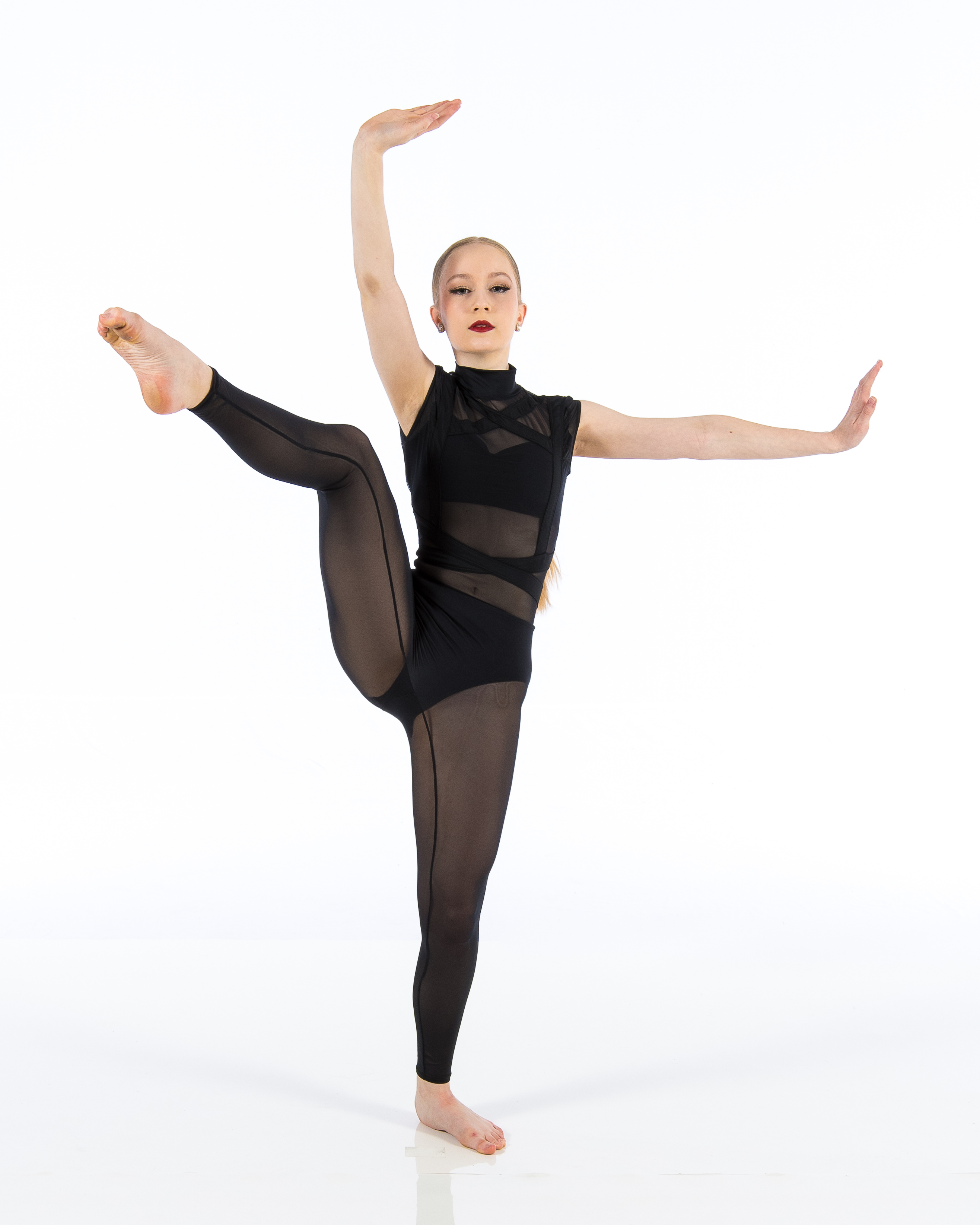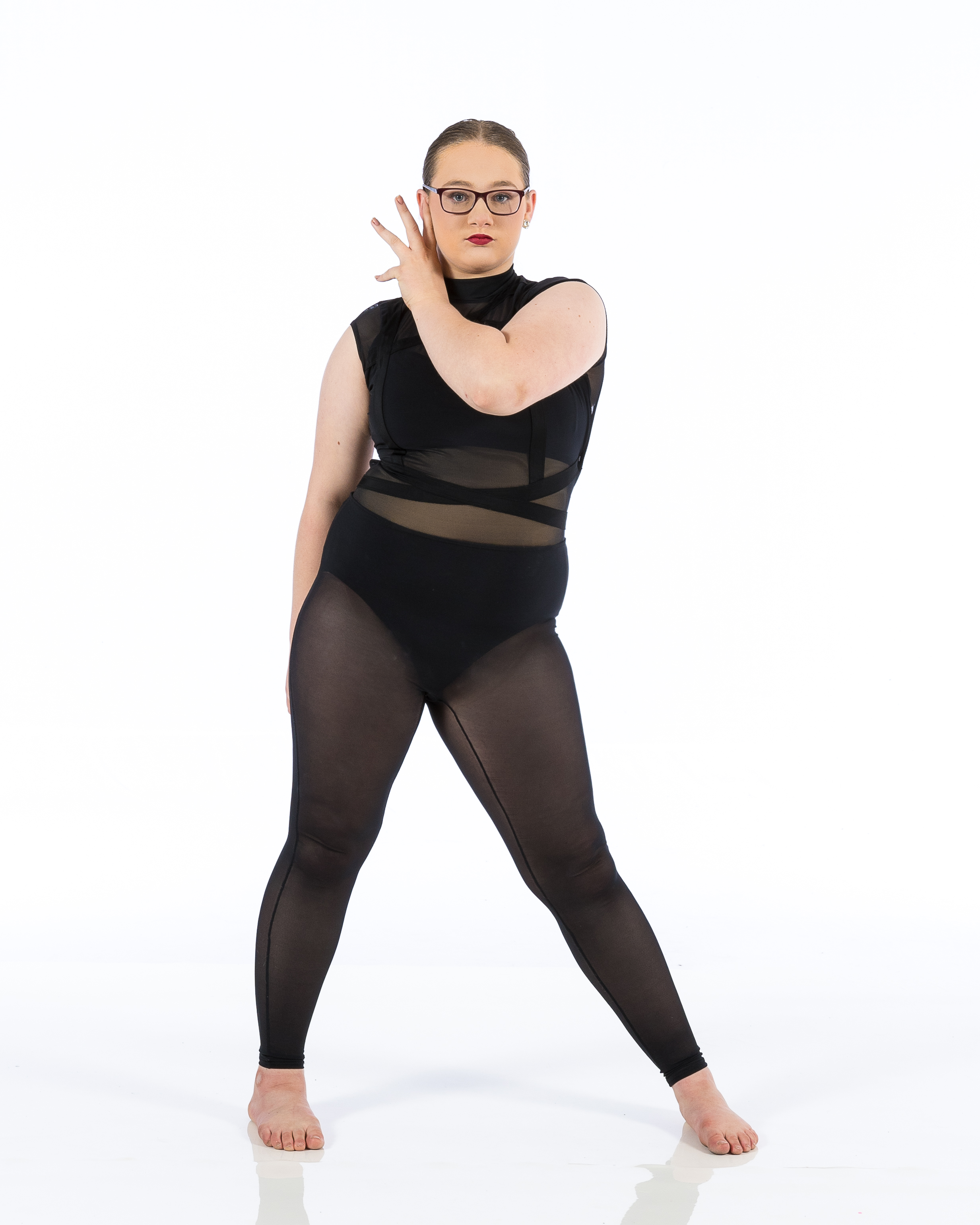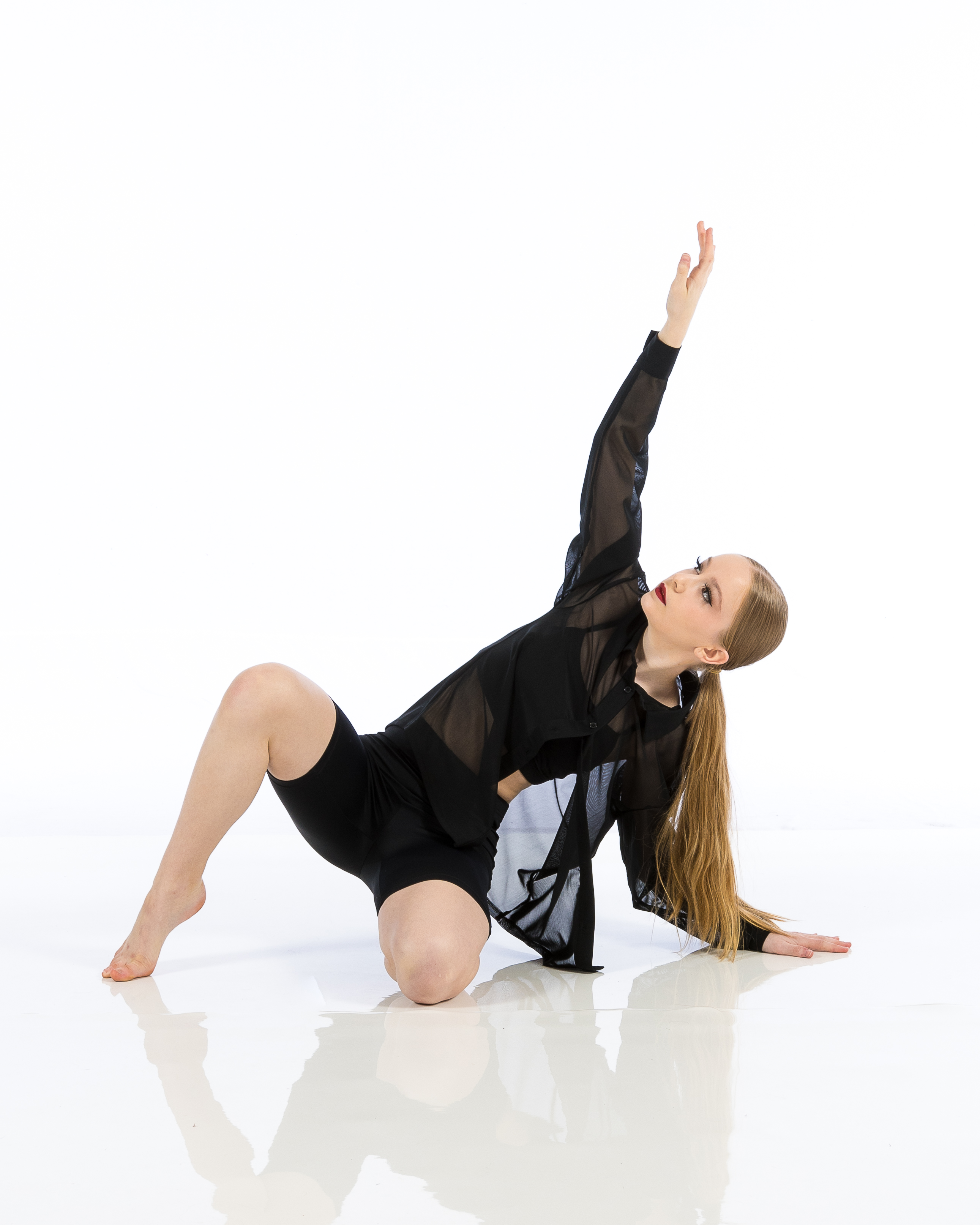Introduction
In the dance studio world of dance, rhythm is everything. Whether you're a beginner stepping into the realm of Hip Hop Dance or a seasoned performer looking to refine your skills, understanding the groove is vital. Groove theory goes beyond just movement; it’s about feeling the music and expressing yourself through it. This article dives deep into the must-have tracks that every aspiring dancer should have in their playlist to master this art form.
What is Groove Theory?
Groove theory encapsulates the relationship between music and dance, focusing on how rhythms can inspire movement. It emphasizes syncopation, timing, and flow, allowing dancers to express themselves more freely. The right music can elevate a dancer's performance, making it an indispensable tool for any aspiring artist.
The Importance of Music in Hip Hop Dance
Music serves as the backbone of Hip Hop Dance. The beats, melodies, and lyrics all contribute to how dancers interpret and express their movements. In this section, we’ll explore why choosing the right tracks matters.
How Music Influences Movement
The rhythm in music dictates where dancers place their weight and how they transition between moves. For example:
- Fast Beats: Encourage energetic movements. Slow Melodies: Allow for fluidity and grace.
Understanding these dynamics is crucial for any dancer aiming to enhance their groove.
Iconic Tracks Every Aspiring Dancer Should Know
When it comes to building your dance repertoire, certain tracks stand out as essential listening. Below are some must-have tracks that embody groove theory.
"Juicy" by The Notorious B.I.G.- A classic that blends storytelling with an infectious beat.
- Perfect for showcasing lively choreography.
- A staple for hip hop enthusiasts that encourages free expression.
- Offers various tempo changes ideal for experimenting with transitions.
- Known for its unique sound and rhythmic complexity.
Understanding the Beat: Breakdowns of Popular Tracks
To truly grasp groove theory, let’s break down some of these iconic songs further and see how they affect dancing style.
"Juicy": The Storytelling Masterpiece
The slow build-up followed by a powerful beat drop makes "Juicy" an anthem for many dancers. Its narrative allows performers to embody different emotions while executing their moves.
"Uptown Funk": A Celebration of Energy
With its funky bass line and catchy hooks, "Uptown Funk" invites dancers to let loose and enjoy themselves on stage or in practice sessions.
Quote from renowned choreographer: “Music like this fuels creativity—dancers can explore their unique styles without boundaries.”
Creating Your Own Playlist: Essential Elements
When assembling your own playlist as an aspiring dancer, consider these key elements:
Variety: Include different genres (hip-hop, pop, funk). Energy Levels: Balance high-energy tracks with slower ones for versatility. Length: Aim for at least 60 minutes of diverse music to maintain engagement during practice sessions.Groove Theory: Must-Have Tracks for Every Aspiring Dancer
As we revisit our main topic—groove theory—let’s dive deeper into specific genres within hip hop that can enhance your skills even further.
Genres That Influence Hip Hop Dance
Diverse genres greatly influence Hip Hop Dance, offering various styles and grooves:
Funk
Funk brings a unique bounce that is fundamental for many hip-hop moves. Artists such as George Clinton paved the way with infectious beats that make it impossible not to move.
R&B
R&B provides smooth melodies conducive to more lyrical dance styles within hip-hop culture. Think artists like Usher or Brandy who seamlessly blend singing and dancing.
Trap
Trap music has gained immense popularity in recent years due to its heavy bass lines and complex rhythms which challenge dancers to find new grooves within familiar steps.

Collaborating with Other Dancers: Finding Your Groove Together
Dancing alongside others can significantly improve your groove understanding:
- Group Classes: Attend classes where you can learn from experienced instructors. Dance Battles: Engage in friendly competitions that push you creatively.
Collaboration allows you to pick up techniques from fellow dancers while contributing your own unique style!
Choreography vs Freestyling: Which Is Better?
Both choreography and freestyling serve different purposes in dance:
Choreography
Choreography provides structure but may limit personal expression if overly rigid.

- Pros: Clear movements; easier to perform as a group. Cons: Less room for individual style; may feel repetitive over time.
Freestyling
Freestyling encourages spontaneous expression but may lack coherence if not practiced regularly.
- Pros: Allows full creative freedom; promotes adaptability. Cons: Can be intimidating; requires confidence in one’s abilities.
How to Train Your Ear for Rhythm
Developing a good ear for music is crucial in mastering groove theory:
Active Listening: Focus solely on the rhythm when listening—try clapping along!
Practice With Different Genres: Exposure broadens your understanding of varying rhythms across musical styles.
Analyze Dance Videos: Observe how professional dancers utilize beats within their performances—what works well?
Tips on Improving Your Dancing Skills
To become proficient at hip hop dance while incorporating groove theory:
- Consistent Practice Record Yourself Attend Workshops
By applying these tips regularly, you’ll notice significant improvements in both skill level and confidence!
FAQs About Groove Theory & Hip Hop Dance
What is groove theory?- Groove theory examines how rhythm influences movement in dance, emphasizing syncopation and flow.
- Music provides structure and inspiration while allowing dancers to express themselves creatively through movement.
- Iconic tracks include "Juicy," "Uptown Funk," "Lose Control," among others which embody various aspects of groove theory.
- Include varied genres, balance energy levels, ensure sufficient length—all tailored towards your personal preferences!
- Various genres such as funk, R&B, trap influence hip hop dance significantly through diverse rhythms and sounds present within them.
- Both methods offer benefits depending on what aspect of dancing one wishes to focus on—structure versus creativity!
Conclusion
In conclusion, understanding groove theory elevates one's experience in the world of dancing—especially in genres like hip hop where rhythm reigns supreme! As you curate your playlist filled with must-have tracks like those discussed here today—or explore further beyond—you'll undoubtedly find growth not only in technical skills but also creative expression! So lace up those dancing shoes! What track will you add first?
